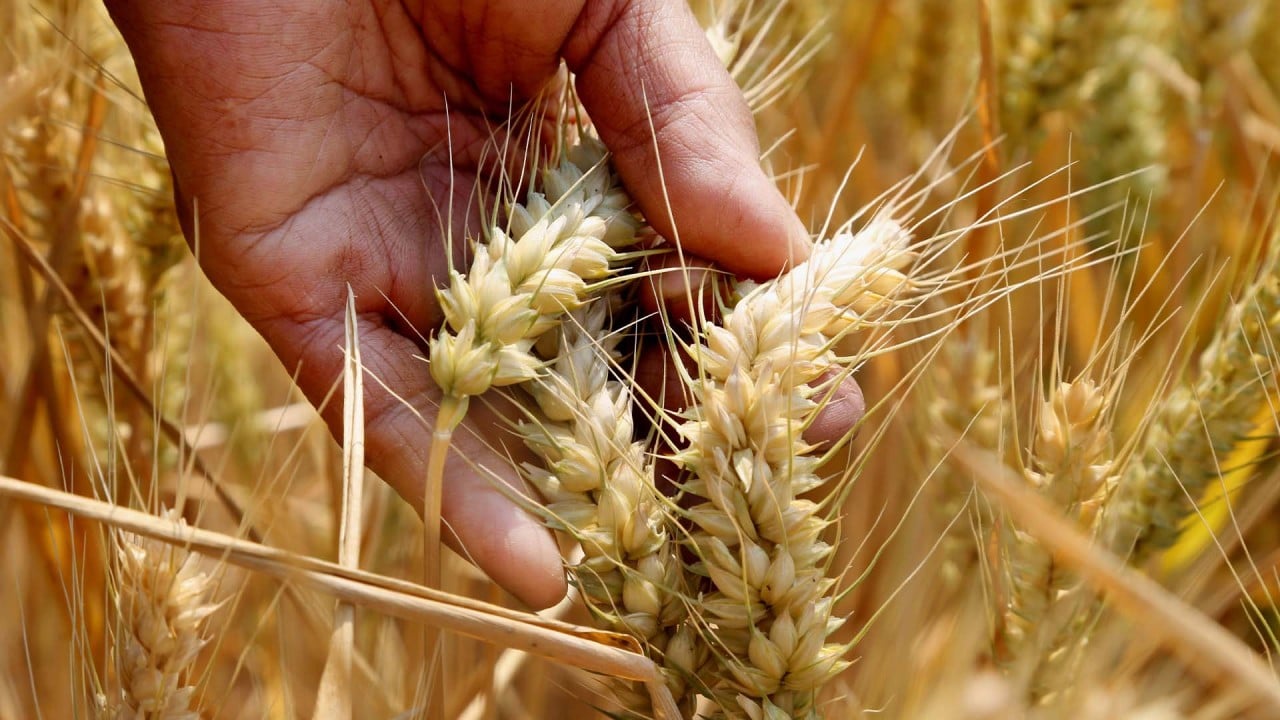
China’s corn-based ethanol fuel threatens food security while crowding the market, state commentary warns
- China is facing a corn-supply shortfall that could put it at the mercy of imports, even as domestic output has seen sharp increases in the last couple of years
- Beijing has been increasingly pushing to reduce its reliance on external sources of crucial grains, including soybeans
China must rein in the expansion of processing capacity for corn-based ethanol fuel to ensure that the nation has enough corn to meet its agricultural demands and to reduce its reliance on external sources, according to a recent commentary in state media.
More than 60 per cent of the corn China uses goes toward animal feed, and 20-30 per cent is allocated for industrial use, the commentary in the Economic Daily said on Thursday, adding that the rapid expansion of corn-based ethanol fuel capacity is crowding the market and pushing up corn prices by raising demand.
This has a direct impact on the nation’s food security, the piece warns, calling for more efforts to address the corn-supply shortfall.
China’s bumper grain harvest defies unprecedented challenges, sets record
“The processing of corn-based ethanol fuel must serve the overall situation of national food security,” the commentary said. “The country, with a large population but limited arable land, is always faced with maintaining a fine balance between food supply and demand.
“We cannot process grain-based ethanol fuel on a large scale like the United States does. Doing so would jeopardise the fundamentals of food security.”
Corn ethanol, produced from corn biomass, is the main source of ethanol fuel in the US. China started producing corn-based ethanol fuel in 2000 as a means to utilise an excess supply of corn. Domestic corn output gradually declined from 2016-18 before starting to trend upward, with sharp increases in the last couple of years.
Since last year, China has been putting more controls on the processing of corn-based ethanol fuel, shifting from a policy of “moderately” developing grain-based fuel ethanol that was put forth in 2017.
“If the unrestricted production of corn-based ethanol fuel leads to a domestic supply shortage, China would be forced to import massive amounts of corn, which would fundamentally alter the domestic supply-demand dynamic and endanger the corn industry and food security,” the commentary contended.
China produced 277 million tonnes of corn in 2022, up 1.7 per cent from the previous year, according to official data. Meanwhile, its corn imports dropped by 26.9 per cent to 19.75 million tonnes in the first 11 months of the year. This came after corn imports reached record highs in consecutive years, from 2020-21.
Its corn yield reached 6.44 tonnes per hectare last year – a 2.3 per cent increase from 2021 – but still much lower than the US’ 10.88 tonnes per hectare, according to the latest figures from the US Department of Agriculture and China’s National Bureau of Statistics.
The new front in China’s food security war: soybeans in animal feed
The US is China’s biggest import source for corn and soybeans. In 2021, soybeans comprised the largest US agricultural export to China by value, at US$14.12 billion, with corn coming second at US$5.06 billion – more than four times the 2020 value, according to US agricultural figures.
China sowed 43.07 million hectares (106 million acres) of corn in 2022, down 0.6 per cent from the previous year. And it sowed 10.27 million hectares of soybeans, up 21.7 per cent from 2021.
Thursday’s commentary also said that, with China looking to reduce its reliance on fossil fuels while shifting toward clean and renewable energy sources, it should reduce its reliance on corn, rice and wheat in producing ethanol. Instead, it could derive more ethanol from sugarcane, cassava and corn stalks.
Lin Caiyi, vice-president of a research institute under the China Chief Economist Forum, had said last year that the supply-demand gap for corn in China reached 24.33 million tonnes in 2020, and that the gap for soybeans reached 94.93 million tonnes.
To address the issue last year, the Ministry of Agriculture and Rural Affairs started promoting soybean and corn belt composite planting technology in 16 provinces, to increase soybean production while stabilising that of corn.


